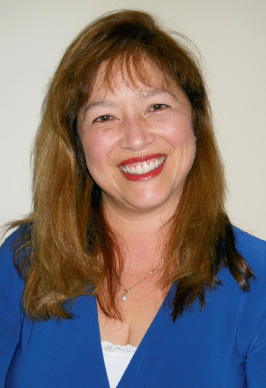 I've seen my share of disasters — either covering them as news or experiencing them as an insured. My first memorable storm was Hurricane Hugo, where the National Guard was stationed along the beachfront in Myrtle Beach, S.C., checking the identification of homeowners who were trying to get into the area to see if their homes were still standing. I remember climbing an extension ladder up to the first floor of my parents' beachfront home to see what was salvageable. Most of our contents were undamaged, but the home on the lot next to ours had been washed away and not even a stick of wood remained to indicate a house had once stood there.
I've seen my share of disasters — either covering them as news or experiencing them as an insured. My first memorable storm was Hurricane Hugo, where the National Guard was stationed along the beachfront in Myrtle Beach, S.C., checking the identification of homeowners who were trying to get into the area to see if their homes were still standing. I remember climbing an extension ladder up to the first floor of my parents' beachfront home to see what was salvageable. Most of our contents were undamaged, but the home on the lot next to ours had been washed away and not even a stick of wood remained to indicate a house had once stood there.
Property damage can be caused by many different perils. Tornadoes, hurricanes, wildfires, fires and flooding can all cause devastation with little or no warning. It is how insurers and vendors respond in the wake of those calamities that provides the opportunity for policyholders to really see how a company can shine (or doesn't).
During a catastrophe, there is extensive damage, but determining what may or may not be covered is an entirely different story. Insureds rarely understand what their insurance covers and may not have the policies or limits in place required to make them whole, leading to unrealistic expectations when a loss occurs.
Recommended For You
Want to continue reading?
Become a Free PropertyCasualty360 Digital Reader
Your access to unlimited PropertyCasualty360 content isn’t changing.
Once you are an ALM digital member, you’ll receive:
- Breaking insurance news and analysis, on-site and via our newsletters and custom alerts
- Weekly Insurance Speak podcast featuring exclusive interviews with industry leaders
- Educational webcasts, white papers, and ebooks from industry thought leaders
- Critical converage of the employee benefits and financial advisory markets on our other ALM sites, BenefitsPRO and ThinkAdvisor
Already have an account? Sign In Now
© 2025 ALM Global, LLC, All Rights Reserved. Request academic re-use from www.copyright.com. All other uses, submit a request to [email protected]. For more information visit Asset & Logo Licensing.








